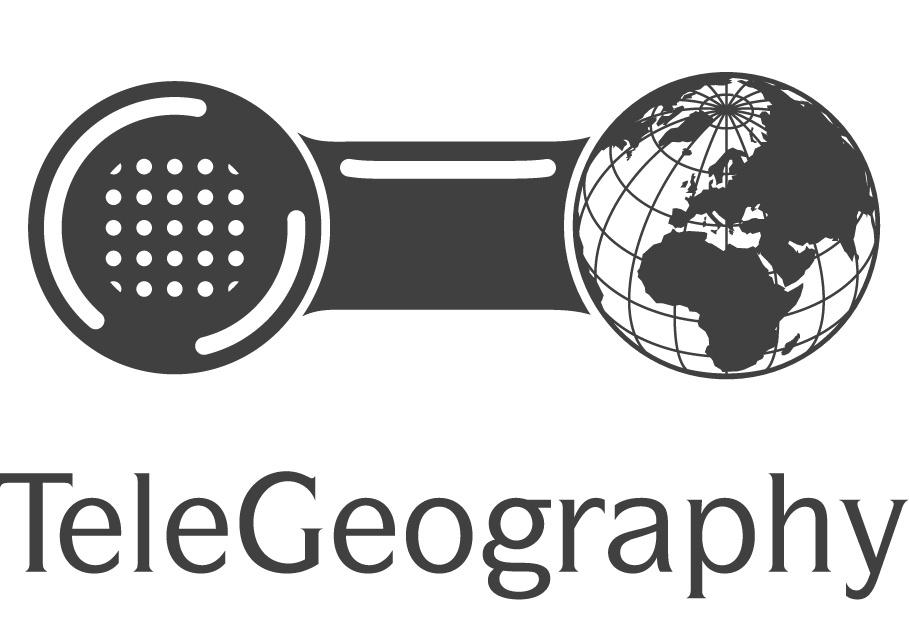There is no shortage of headlines about high-profile cable breaks, particularly around the Baltic Sea and Taiwan. But it's worth remembering that where there have been faults, there have also been repairs.
The Last Call for Landline Telephony? Not Yet.
How many landlines are in service in 2025?
Undersea cables are crucial to the global economy and national security.
It's no surprise, then, that governments and regional industry groups are considering how to enhance submarine cable security and resilience.
5G Progress Report: Brazil
Brazil’s multi-band 5G spectrum auction concluded in November 2021, resulting in total commitments of $8.5 billion (BRL 47.2 billion) and bids from major players: Telefónica Brasil (Vivo), Claro Brasil, and TIM Brasil. It also garnered attention from established regional companies, such as Algar Telecom and Sercomtel, as well as several lesser-known participants.
How are Brazil's 5G licensees making progress three and a half years later? Here's what the data says.
We're sure many of our readers are gearing up for Mexico Connect. Let us help you prepare for the main event in Mexico City.
Here's what you need to know, when to register, and which topics to review in advance.
It’s Going to Take $3 Billion to Ensure Submarine Cable Repair Ships Can Keep the World Connected
A new report details what is needed to sustain current service levels and reduce repair delays for the undersea cables that carry global internet traffic.
It’s been almost a decade since SD-WAN burst onto the scene, and the service is undeniably a critical component of today’s enterprise WAN.
The core benefits associated with SD-WAN technology are consistent across all provider offerings—reduced cost and network complexity, ease of upgrades and policy changes, increased flexibility and network performance, and increased visibility into application performance.
But a dizzying array of SD-WAN service options still remain in the market.
Providers continue to add new service and security features to distinguish themselves in a crowded marketplace. And this multitude of different service options are reflected in the range of reported prices in the market.
Luckily, there is a light at the end of the tunnel: TeleGeography’s 2025 SD-WAN Vendor Guide.
In May, U.S. cable giants Charter Communications and Cox Communications entered into a definitive agreement to combine their businesses in a “transformative transaction” that will create an industry leader in the U.S. cable sector.
2G and 3G: Closing Time for Legacy Networks
It’s been a couple of years since we reviewed the state of the 2G and 3G mobile markets to see how network closures were coming along.
There has been plenty of activity since then, and 2025 is shaping up to be a busy year for shutdowns.
In this episode of the TeleGeography Explains the Internet podcast, FCC Commissioner Nathan Simington joins the show for a deep dive into the evolving world of spectrum allocation, broadband infrastructure, submarine cable policy, and cybersecurity. With a unique background in finance, law, and policy, Simington offers an interesting perspective on the complexities of the current telecom environment and where federal policy is headed.






